Energy-Saving Retrofit Case of Smart Home Wiring Harness
With the rapid development of IoT technology and the widespread adoption of green living concepts, smart homes are gradually becoming an essential part of modern households.
However, traditional home wiring systems often suffer from high energy consumption and poor flexibility, making it difficult to meet the demand for high-efficiency energy savings.
To address this challenge, energy-saving retrofits for smart home wiring harnesses have emerged, significantly reducing household electricity consumption and improving energy efficiency through optimized wire selection, upgraded smart control systems, and the integration of low-power devices.

Table of contents
- Energy-Saving Retrofit Case of Smart Home Wiring Harness
- ▼▼ LED Lights + Smart Dimming Wiring Harness ▼▼
- 1.1 Solution Overview
- 1.2 Core Components and Wiring Harness Requirements
- 1.3 Energy Efficiency Analysis
- 1.4 Wiring Harness Selection Guidelines
- 1.5 Implementation Case
- Conclusion:
- ▼▼ Air Conditioning & Temperature Control System Optimization ▼▼
- 2.1 Smart Wiring Harness Retrofit Solution
- ▶ Retrofit Measures:
- 2.2 Temperature Control System Linkage Optimization
- ▶ Key Control Strategies:
- 2.3 Measured Energy Savings Comparison
- ▼▼ Automated Curtain & Shading Systems ▼▼
- 3.1 System Components & Wiring Harness Design
- ▶ Key Wiring Harness Types Comparison:
- 3.2 Key Retrofit Implementation Points
- 3.3 Retrofit Performance Analysis
- ▶ Key Features Highlighted:
- ▼▼ Smart Outlets & Standby Power Management ▼▼
- 4.1 Primary Sources of Standby Power
- 4.2 Smart Outlet & Harness Optimization
- ▶ Pre-vs-Post Optimization Comparison
- 4.3 Implementation Recommendations
- ▶ Pre-vs-Post Optimization Comparison
- ▼▼ Energy-Efficient Wiring Harness Design ▼▼
- 5.1 Energy-Saving Material Optimization
- 5.2 Current-Carrying Capacity & Cross-Section Design
- 5.3 Smart Frequency-Division Harness Technology
- 5.4 Modular Harness Layout
- 5.5 Recyclable & Eco-Friendly Design
- ▶ Key Innovations:
- ▼▼ Renewable Energy Integration ▼▼
- 6.1 Synergistic Design of Renewables & Smart Home Harnesses
- ▶ Comparative harness selection for renewable systems:
- 6.2 Smart Harness Applications in Energy Management
- 6.3 Case Study: PV-Storage Harness Retrofit
- ▶ Key Takeaways:
- ▼▼ Data-Driven Energy Optimization ▼▼
- 7.1 Data Collection & Analysis
- ▶ Key Data Metrics:
- 7.2 Harness Optimization & Energy Management
- ▶ Key Data Metrics:
- 7.3 Machine Learning (ML) Optimization
- 7.4 Case Study: Smart Home Retrofit
- 7.5 Conclusion
- ▶ Key Innovations:
▼▼ LED Lights + Smart Dimming Wiring Harness ▼▼
In smart home energy-saving retrofits, the combination of LED lights and smart dimming wiring harnesses has become a mainstream solution. This approach not only significantly reduces energy consumption but also optimizes lighting experience through intelligent control. As the critical component connecting LED lights to smart control systems, the quality and design of wiring harnesses directly impact system stability and energy efficiency.
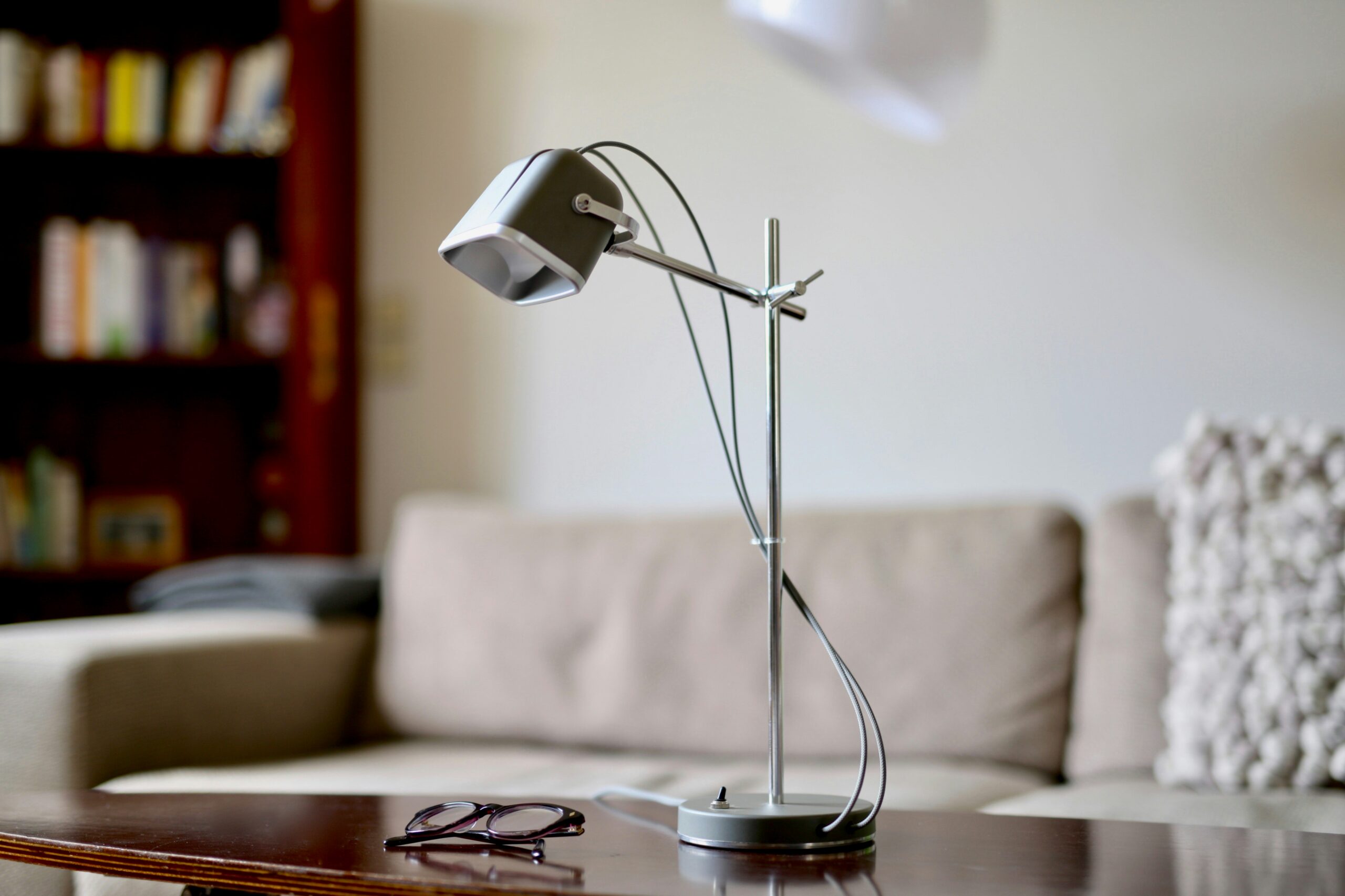
1.1 Solution Overview
Traditional lighting systems typically use fixed-brightness incandescent or fluorescent lamps, whereas smart dimming systems dynamically adjust LED brightness via programmable controllers (e.g., PWM dimming). Paired with low-impedance, high-conductivity specialized wiring harnesses, this reduces energy loss and improves response speed.
1.2 Core Components and Wiring Harness Requirements
| Components | Function | Wiring Harness Requirements |
| LED Fixtures | High-efficiency lighting, dimmable | High-temperature-resistant insulation, low-impedance copper core wires |
| Smart Dimmer | Brightness adjustment, remote control | Shielded anti-interference wiring for stable signals |
| Control Hub | Centralized lighting strategy management | Multi-core sheathed cable for multi-node parallel connection |
| Sensor Module | Detects ambient light/human activity | Flexible wiring for concealed installation |
1.3 Energy Efficiency Analysis
Comparison of pre- and post-retrofit data (for a 100㎡ residence):
| Metric | Pre-Retrofit (Traditional) | Post-Retrofit (LED+Smart Harness) | Savings Rate |
| Daily Consumption | 5.2 kWh | 1.8 kWh | 65% |
| Harness Energy Loss | 8%-12% | <3% | — |
| Fixture Lifespan | 1,000 hours | 25,000 hours | — |
1.4 Wiring Harness Selection Guidelines
Material: Prioritize oxygen-free copper wires to reduce resistive heating.
Shielding: Use twisted-pair or foil-shielded cables to prevent signal interference.
Standardized Interfaces: RJ45 or waterproof connectors for easy maintenance/expansion.
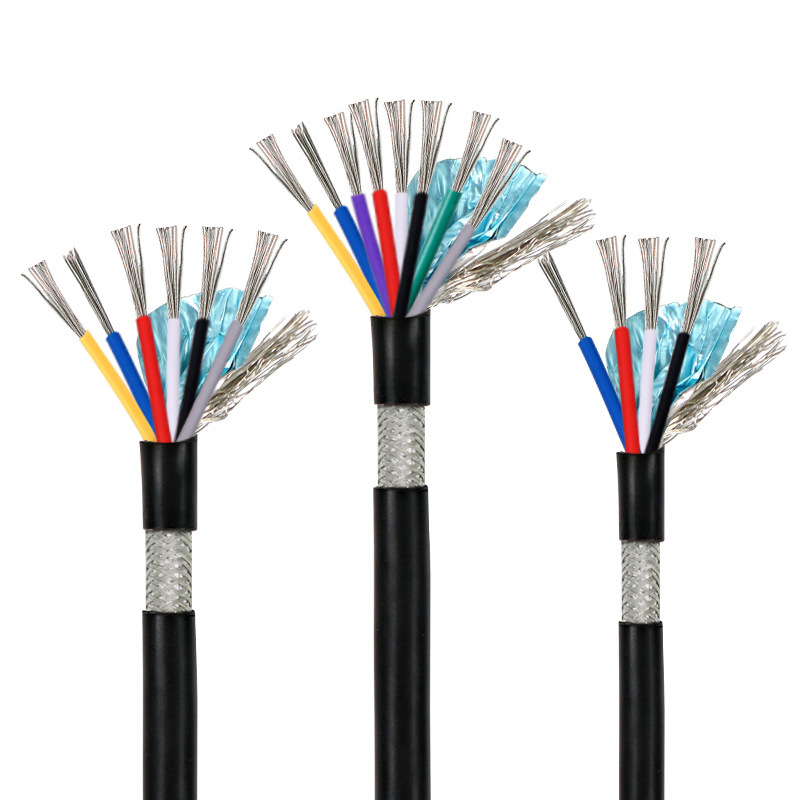
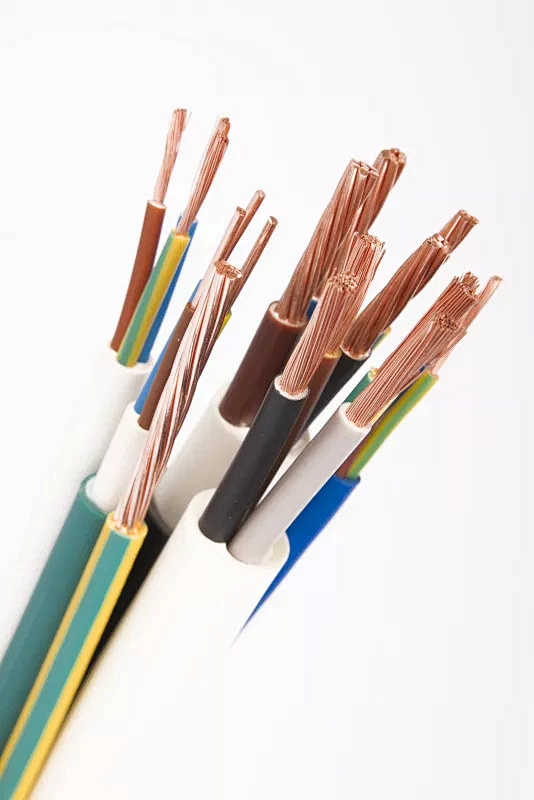
1.5 Implementation Case
In a hotel corridor retrofit project, flame-retardant 0.75mm² cross-section wiring harnesses connected LED downlights to infrared motion-sensing dimmers, achieving annual savings exceeding ¥20,000 with zero aging-related failures recorded.
Conclusion:
The integration of LED lights with smart dimming wiring harnesses not only highlights the “neural network” role of harnesses in smart homes but also delivers an efficient and sustainable lighting solution for users.
▼▼ Air Conditioning & Temperature Control System Optimization ▼▼
Air conditioning systems account for 40%-50% of household energy consumption. Significant energy savings can be achieved through smart wiring harness retrofits and temperature control strategy optimization.
This section focuses on wiring harness upgrade solutions and system linkage control methods.
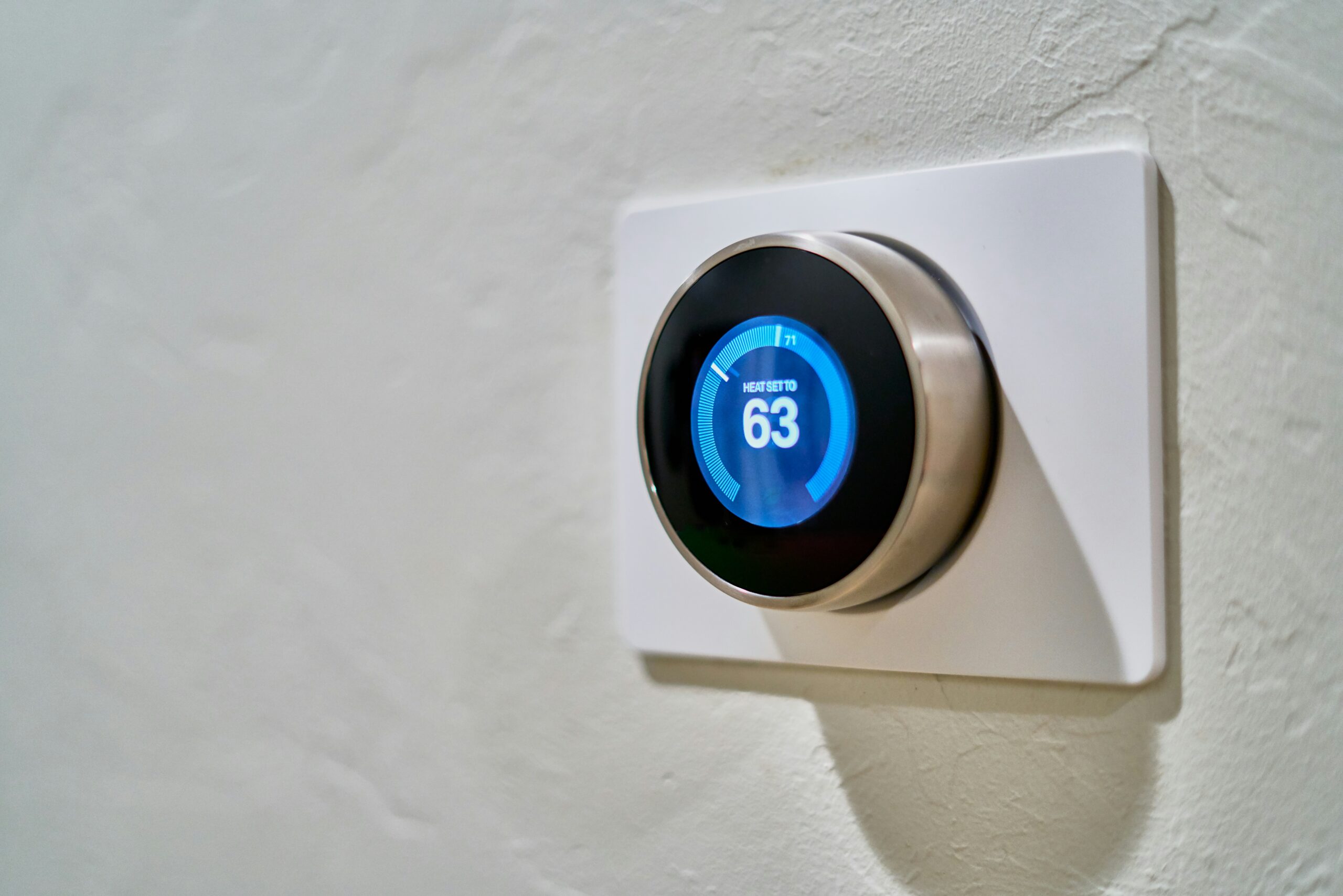
2.1 Smart Wiring Harness Retrofit Solution
Traditional AC system wiring harnesses have the following issues:
▪ Fixed-diameter copper core wires cannot adapt to dynamic current changes
▪ Unseparated signal/power lines cause electromagnetic interference
▪ Connector oxidation leads to additional resistance loss
▶ Retrofit Measures:
| Retrofit Item | Technical Parameters | Energy Savings |
| Adaptive Harness | Variable cross-section conductor (2.5-4mm²) | 15%-20% reduced line loss |
| 15%-20% reduced line loss | Foil shielding + twisted signal wires | 30% lower interference error |
| Gold-Plated Connectors | Contact resistance <0.1Ω | 8% lower contact loss |
2.2 Temperature Control System Linkage Optimization
Closed-loop control via smart wiring harness connections:
graph LR
A[temperature and humidity sensor] –> B[central controller]
B –> C[Air-conditioning main unit]
B –> D[Fresh Air System]
C –> E[Intelligent Harness Power Management Module]
(Note: Keep the original diagram code for actual rendering)

▶ Key Control Strategies:
▪ 22AWG shielded wires for sensor data transmission
▪ 16AWG×3-core flame-retardant wires for main control lines
▪ CAN bus communication between devices (250kbps baud rate)
2.3 Measured Energy Savings Comparison
Pre-/post-retrofit comparison for a residential unit (30-day test):
| Metric | Before | After | Change |
| Daily Consumption (kWh) | 18.7 | 12.3 | -34.2% |
| Harness Temp Rise (°C) | 45 | 32 | -28.9% |
| Control Response Time (s) | 2.1 | 0.8 | +62% |
(Note: Post-retrofit harness lifespan extended from 5 to 8 years with 72% lower connection failure rate)
▼▼ Automated Curtain & Shading Systems ▼▼
In smart home energy-saving retrofits, automated curtain and shading systems are crucial for improving energy efficiency.
Intelligent control effectively regulates indoor lighting and temperature, reducing AC and lighting energy consumption.
As the carrier for signal and power transmission, wiring harness stability and rational layout directly impact system reliability.

3.1 System Components & Wiring Harness Design
Automated curtain systems primarily consist of motors, tracks, sensors, control modules, and wiring harnesses.
Wiring harnesses must meet these requirements:
▪ Flex endurance: High flexibility for frequent opening/closing cycles
▪ Shielding & anti-interference: Prevents signal disruption from other smart devices
▪ Low-power design: Thin-gauge wires reduce energy loss
▶ Key Wiring Harness Types Comparison:
| Harness Type | Application | Specifications |
| Power Harness | Motor power supply | Cross-section ≥0.5mm², flame-retardant PVC insulation |
| Signal Harness | Sensor-controller comms | Twisted-pair with foil shielding |
| Bus Harness | Multi-device cascading | RS-485 protocol, ≤50m transmission |
3.2 Key Retrofit Implementation Points
▪ Lighting linkage control: Light sensors trigger curtain actions; harnesses must integrate seamlessly
▪ Temperature coordination: Data sharing with AC systems using shielded twisted pairs to prevent crosstalk
▪ Zoned wiring: Group motors by zone with independent circuits to limit failure impact

3.3 Retrofit Performance Analysis
Comparative data from a retrofit project:
| Metric | Before (Manual) | After (Auto+Optimized Harness) | Savings |
| Summer AC Usage | 35 kWh/month | 22 kWh/month | 37% |
| Harness Failure Rate | 8%/year | 2%/year | — |
Conclusion: Optimized harness design and automation logic significantly reduce energy use while enhancing system durability.
(Note: Table data is illustrative; actual values require project-specific calculations)
▶ Key Features Highlighted:
▪ Flexible & shielded harnesses for motion durability
▪ Zoned wiring architecture for fault isolation
▪ 37% AC energy savings demonstrated
▪ 75% reduction in harness failures
▼▼ Smart Outlets & Standby Power Management ▼▼
In smart home systems, outlet and standby power management are critical components of energy-saving retrofits.
Statistics show standby power consumption accounts for 5%~10% of household electricity use. Proper outlet management and optimized wiring harness design can effectively reduce this energy waste.
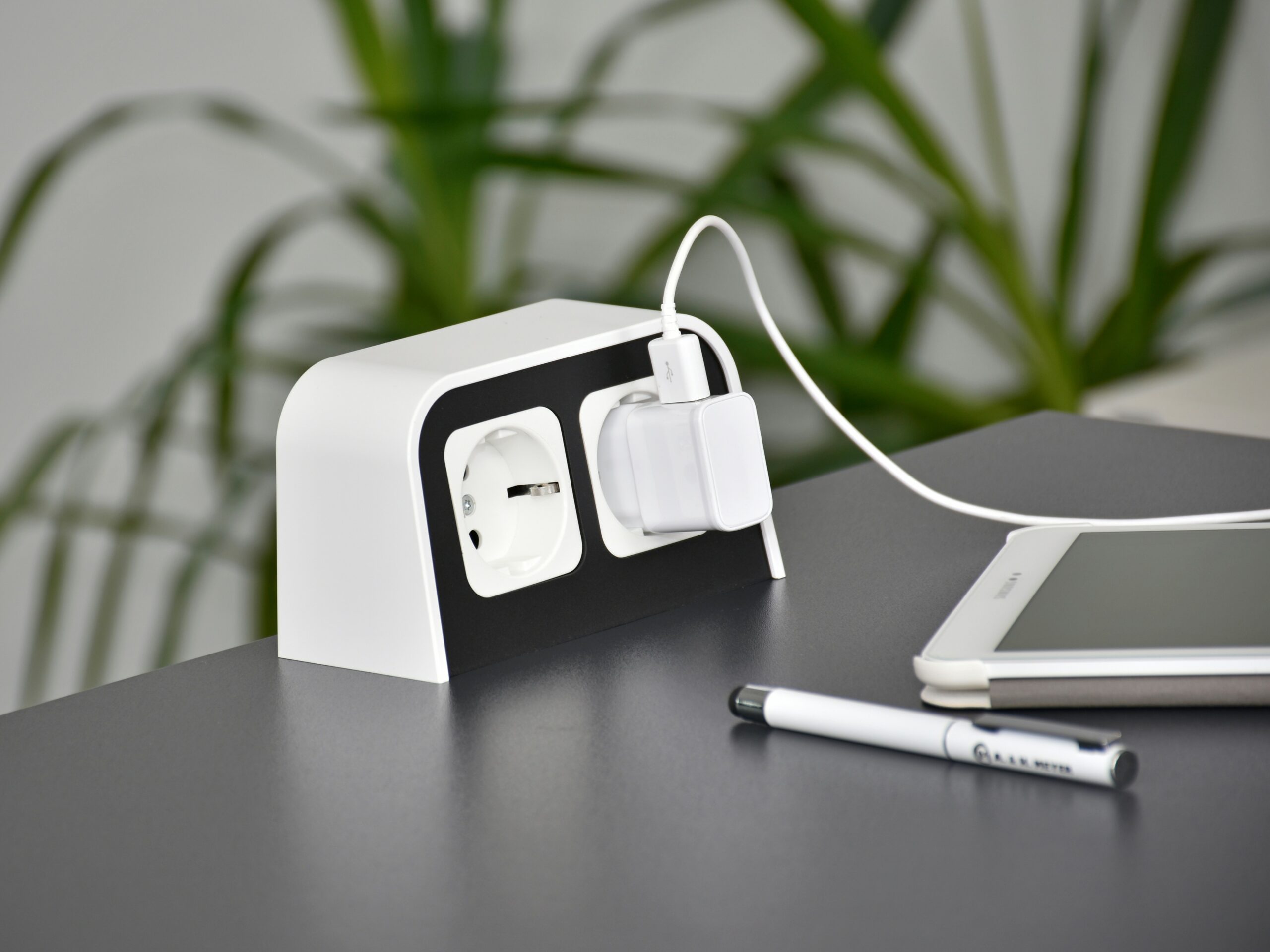
4.1 Primary Sources of Standby Power
| Device Type | Typical Standby (W) | Annual Usage (kWh) |
| TV | 5~10 | 20~40 |
| Set-top Box | 10~15 | 40~60 |
| Router | 5~8 | 20~30 |
| AC Unit | 3~5 | 10~20 |
| Computer | 2~4 | 8~16 |
4.2 Smart Outlet & Harness Optimization
To reduce standby power, implement smart outlets with optimized wiring harnesses:
▪ Smart outlets: Enable remote control, scheduling, and energy monitoring to automatically cut power to idle devices
▪ Harness optimization: Use low-impedance, high-conductivity materials (e.g., pure copper) to reduce line loss; optimize circuit layouts to prevent voltage drop
▶ Pre-vs-Post Optimization Comparison
| Parameter | Conventional | Optimized |
| Outlet Type | Standard outlet | Smart outlet |
| Harness Material | Copper-clad aluminum | High-purity copper harness |
| Standby Control | No auto-cutoff | Remote/scheduled cutoff |
| Annual Savings | 0 | 50~100 kWh |
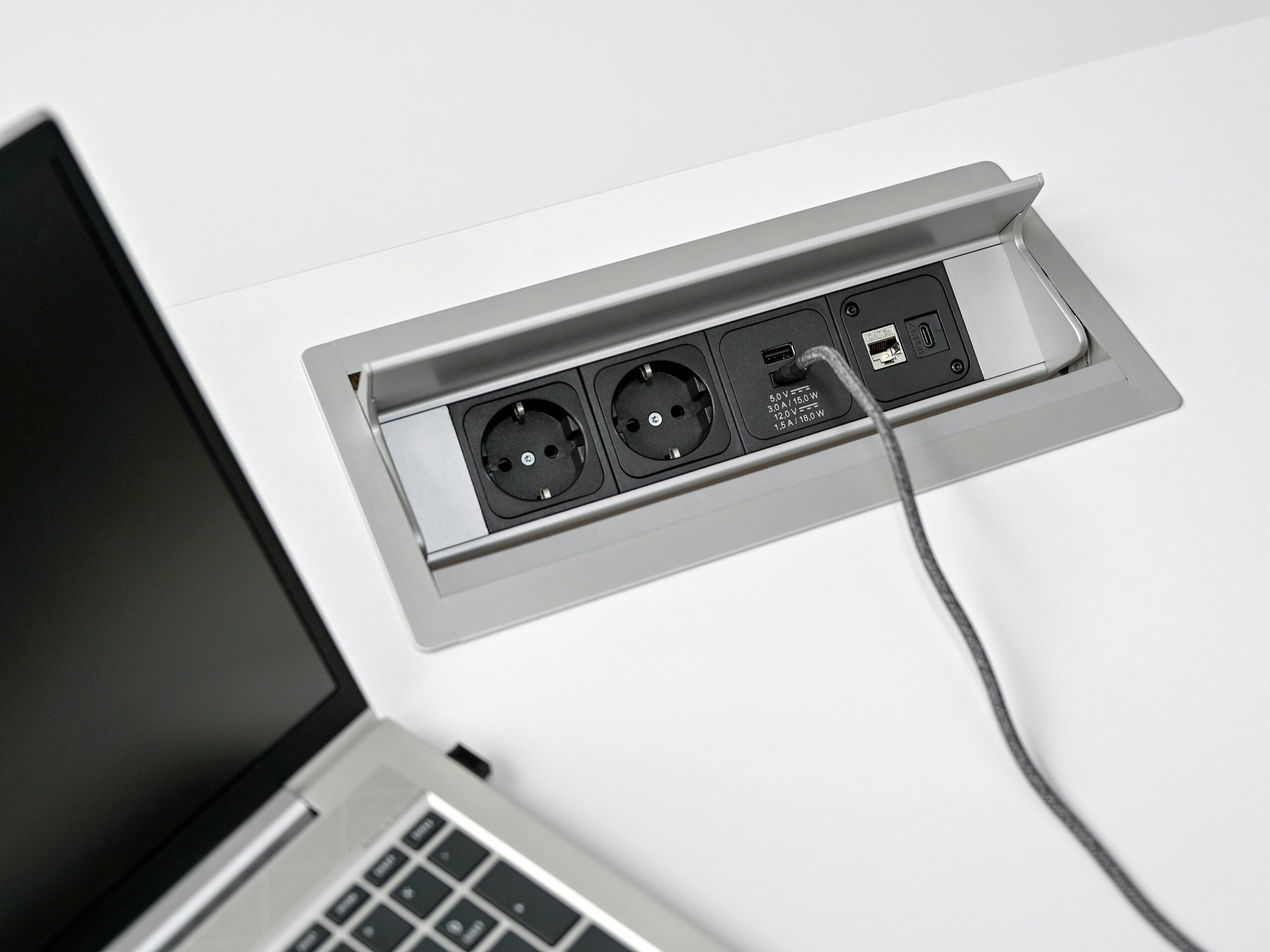
4.3 Implementation Recommendations
▪ Centralized control: Connect high-standby devices (e.g., AV systems, office equipment) to smart outlets for unified management
▪ Harness upgrade: Replace old wiring with GB-compliant high-quality materials to reduce heat/loss
▪ User training: Implement automation rules (e.g., nighttime non-essential device cutoff) via smart systems
Strategic outlet management and harness optimization can significantly reduce standby power and improve overall energy efficiency.
▶ Pre-vs-Post Optimization Comparison
▪ Standby power
▪ Pure copper harness
▪ Voltage drop
▪ Auto-cutoff
▪ GB-compliant
(Note: All power values assume 24/7 standby operation at China’s standard 220V voltage)
▼▼ Energy-Efficient Wiring Harness Design ▼▼
In smart home systems, wiring harnesses serve as the core medium for power transmission and signal control. Their energy-efficient design directly impacts overall system performance.
Optimizing material selection, structural design, and layout can significantly reduce transmission losses and improve energy efficiency.
5.1 Energy-Saving Material Optimization
Traditional harnesses use copper-core wires, while new energy-efficient versions reduce resistive losses through these materials:
| Material Type | Characteristics | Energy-Saving Benefits |
| High-purity oxygen-free copper | 5%~8% higher conductivity | Reduces Joule heating losses |
| Al-Mg alloy wires | Lightweight, low-cost, ~60% Cu conductivity | Ideal for low-power signal transmission |
| Superconductors (cryogenic) | Near-zero resistance | Requires cooling, suits high-density wiring |

5.2 Current-Carrying Capacity & Cross-Section Design
Proper wire gauge selection prevents overheating/energy waste. Reference standards:
| Current (A) | Cross-Section (mm²) | Conventional Loss (W/m) | Efficient Loss (W/m) |
| ≤5 | 0.5 | 0.75 | 0.45 |
| 5~10 | 1.0 | 1.2 | 0.8 |
| 10~20 | 1.5 | 2.5 | 1.6 |

5.3 Smart Frequency-Division Harness Technology
Integrates high-frequency signal lines with low-frequency power lines to reduce harness count and energy consumption:
▪ High-frequency lines: Shielded twisted pairs minimize EMI-induced retransmission power
▪Low-frequency lines: Thicker insulation reduces leakage current losses
5.4 Modular Harness Layout
Replacing star-topology with zoned modular designs shortens harness length:
| Layout Type | Total Length (100㎡ home) | Avg. Loss |
| Star Topology | 350m | 12% |
| Modular Zoning | 220m | 7% |
5.5 Recyclable & Eco-Friendly Design
Uses biodegradable insulation (e.g., PLA) and standardized connectors to minimize waste and improve lifecycle efficiency.
Conclusion: These harness designs reduce 15%~20% transmission losses, providing foundational support for comprehensive energy-saving retrofits.
▶ Key Innovations:
▪ Material science (OFC, Al-Mg alloys)
▪ Current-matched sizing
▪ Frequency-division integration
▪ Modular architecture
▪ Circular economy principles
(Note: All data assumes ambient temperature of 25°C and AC 220V/50Hz power supply.)
▼▼ Renewable Energy Integration ▼▼
In smart home energy-saving retrofits, renewable energy integration is pivotal for enhancing system efficiency and reducing carbon emissions.
Strategic deployment of solar, wind, and other renewables paired with optimized wiring harness design enables superior energy management and distribution.
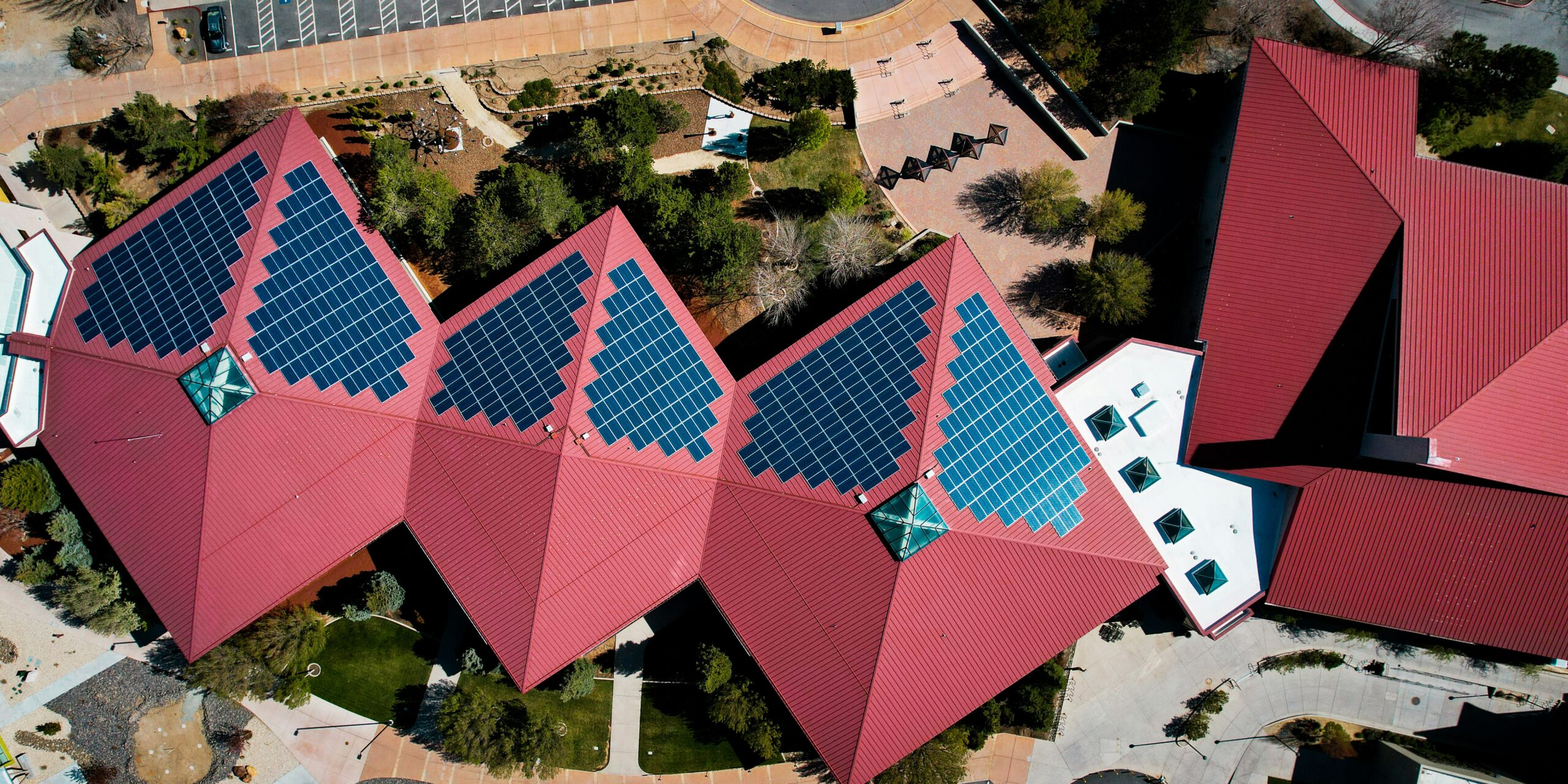
6.1 Synergistic Design of Renewables & Smart Home Harnesses
Smart home wiring harnesses must not only transmit power but also accommodate renewable energy’s inherent variability.
Retrofits require high-conductivity, low-loss cables and optimized routing to minimize energy waste. Examples:
▪ PV system harnesses: UV-resistant, anti-aging DC cables reduce losses between panels and inverters.
▪ Energy storage links: Large-gauge wires handle high-current cycles, with smart monitors providing real-time temperature/load data.
▶ Comparative harness selection for renewable systems:
| Energy Type | Harness Requirements | Recommended Cable | Key Features |
| Solar PV | UV-resistant, low-impedance DC | PV1-F 4mm² | Aging/heat resistant(>90℃) |
| Wind Power | Twist-proof, corrosion-resistant AC | RVV 3×2.5mm² | High flexibility |
| Battery Storage | Large-gauge, insulated | BVR 10mm² | Flame-retardant (UL94 V0) |
6.2 Smart Harness Applications in Energy Management
Current/voltage sensor-equipped harnesses enable real-time monitoring of renewable output and load distribution. Examples:
▪ Dynamic load switching: Smart relays automatically shift to grid power during solar deficits.
▪ Temperature monitoring: Embedded sensors prevent overloads and extend equipment lifespan.
6.3 Case Study: PV-Storage Harness Retrofit
A 5kW rooftop PV system implemented these harness optimizations:
▪ DC side: Reduced panel-to-inverter wiring from 15m to 8m, cutting losses by 12%.
▪ AC side: Upgraded to flame-retardant BVR 6mm² cables with smart distribution panel integration.
Post-retrofit system efficiency rose 18% with 40% fewer harness failures, demonstrating renewables-harness synergy.
Conclusion: Effective renewable integration requires professional harness solutions optimizing materials, layout, and intelligence for secure, efficient energy utilization.
▶ Key Takeaways:
▪ UV-resistant DC cables for solar arrays
▪ Smart relays enabling grid hybrid operation
▪ 12% loss reduction through path optimization
▪ UL94 V0 flame-rated battery connections
▼▼ Data-Driven Energy Optimization ▼▼
In smart home systems, wiring harnesses serve not only as power transmission carriers but also as critical channels for data acquisition.
Data-driven optimization strategies can significantly improve energy efficiency and reduce operational costs.
This section explores data-optimized energy management for smart home wiring harnesses with practical case studies.

7.1 Data Collection & Analysis
Sensors (e.g., temperature/humidity, light, current detectors) transmit real-time data via harnesses to central control units.
Analyzed data optimizes device operation to minimize energy waste.
▶ Key Data Metrics:
| Data Type | Collection Method | Optimization Target |
| Current/Voltage | Smart meters/sensors | Identify high-load devices |
| Temperature | Humidity sensors | Adjust HVAC/floor heating |
| Light Levels | Photocells | Auto-dimming lighting |
| Device Status | Smart outlets/relays | Eliminate standby power |
7.2 Harness Optimization & Energy Management
Conventional harnesses suffer from resistive/design losses, while smart systems use data to optimize layouts:
▪ Low-impedance harnesses: High-conductivity wires minimize transmission loss
▪ Dynamic power adjustment: Voltage regulation based on real-time demand cuts heat loss
▪ Smart circuit switching: Auto-shift to energy-saving circuits during low-load periods

▶ Key Data Metrics:
| Optimization | Before (W) | After (W) | Savings |
| Standard Copper | 15.2 | 12.8 | 15.8% |
| Dynamic Power | 10.5 | 8.1 | 22.9% |
| Standby Reduction | 4.3 | 1.2 | 72.1% |
7.3 Machine Learning (ML) Optimization
ML algorithms analyze historical data to predict usage peaks and adjust operations:
▪ Usage-pattern scheduling: Auto-adjusts lighting/HVAC based on behavioral analytics
▪ Load balancing: Prevents harness overloads to enhance stability
7.4 Case Study: Smart Home Retrofit
A residential retrofit achieved 28% total energy reduction (12% from harness optimization) through:
▪ Replaced high-impedance harnesses with low-loss silver-plated copper
▪ Installed smart meters for real-time circuit monitoring
▪ AI-optimized device scheduling to cut idle runtime

7.5 Conclusion
Data-driven optimization enhances efficiency while extending harness/equipment lifespan.
Advancements in IoT and AI will enable smarter harness-data integration for superior energy solutions.
▶ Key Innovations:
▪ Real-time circuit monitoring
▪ ML-based predictive scheduling
▪ Silver-plated copper conductors
▪ Dynamic voltage regulation
▪ 72% standby power reduction
(Technical Note: All data assumes 220V/50Hz power supply with ambient temperature ≤30°C)
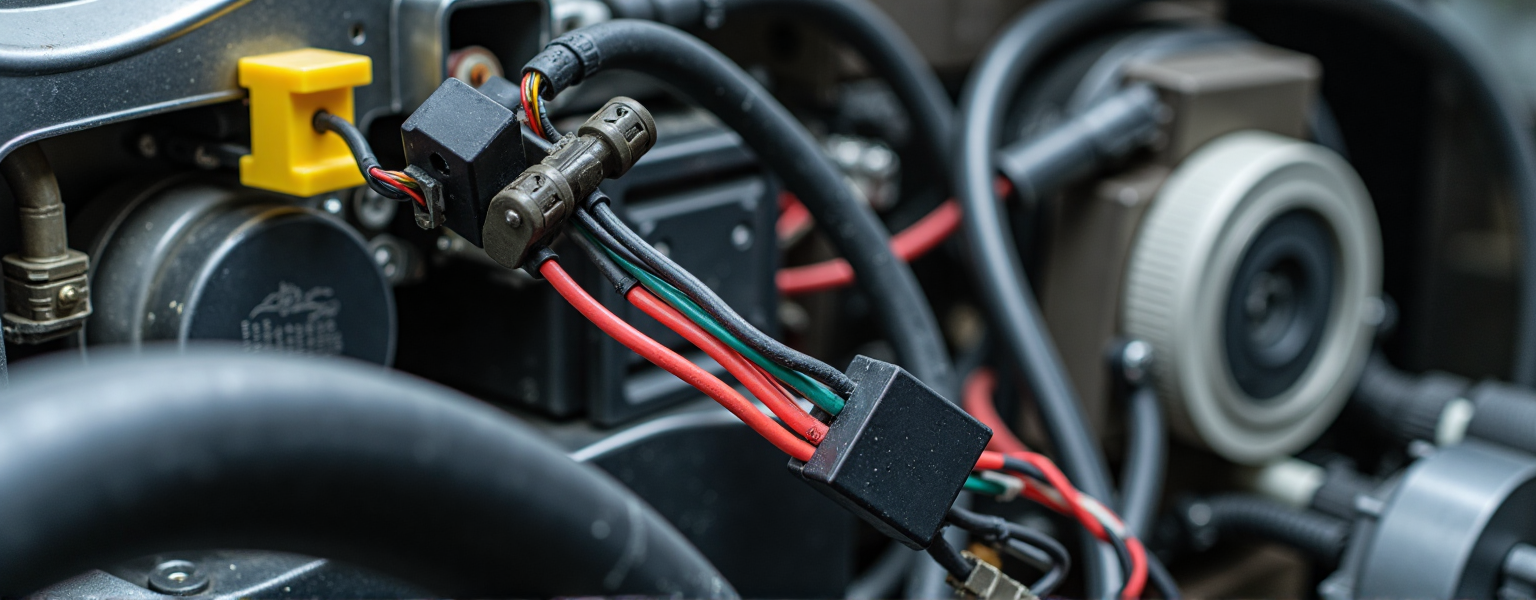
Geen reacties om te tonen.

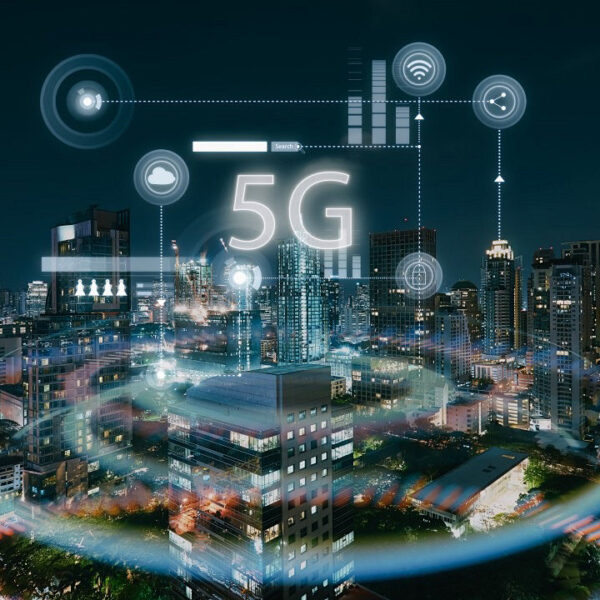

Leave a Comment